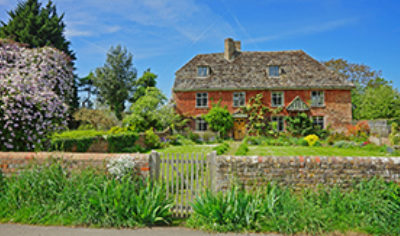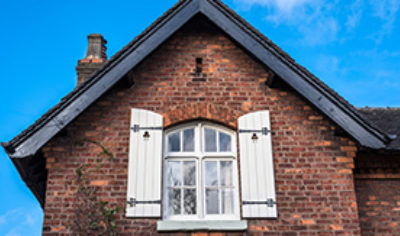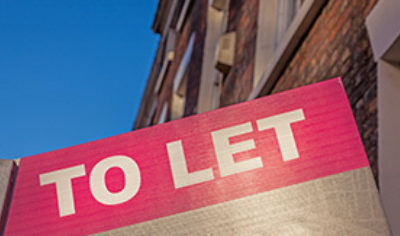Flats Insurance UK History
Without doubt, since the end of the second World War in the United Kingdom, Blocks of Flats have been seen as a viable method of providing homes for a growing population with ever declining spaces of land on which to build new property.
After the second world war, Britain’s housing stock was in a poor condition, several changes of legislation were introduced including the setting up of a listed building register to make sure that many historic and important buildings were not lost for good. However, not all of Britain’s buildings could be described as important or worthwhile saving, far from it, many were in a very poor state of repair and lacked any real form of sanitation. Which ever way you like to look at it, German aerial bombing was either very accurate or indiscriminate and the widespread damage to buildings resulted in sites having to be cleared relatively quickly and replaced with a quick fix form of construction which would take care of the urgent need for housing.
Most damage was confined to the major cities or industrial areas and these parts of the countries were seen as being idle for tower block or flats contraction as due to the lack of space available and the high demand for property, blocks of flats were deemed to have both technical and economic advantages.
However, during the 1960s and 70s, Tower Blocks began to develop a certain reputation and whilst the idea was sound, not everyone wanted to live in one. Many of the earlier blocks were made will little attention to build quality and after a relatively short life span found themselves in very poor condition. Also many became synonymous with inner city crime and a poorer quality of life. Much has been done to improve the humble tower block in recent times and indeed many are now quite coveted, Many blocks have now gone on to be popular and most major cities have a least one block that will command high prices based on location alone. On the whole city dwellers would prefer to live in a building that has been converted in to flats and these former houses now converted in to flats are often the first choice of a property to buy in a city
Georgian, Victorian and to a certain degree, Edwardian homes were built with fine proportions and were architecturally pleasing to look at. Built in a by gone age, these quality homes were required by large families often with staff and you could say that many of these houses, because of their proportion and changing lifestyles have now become obsolete. However, these buildings lend themselves quite well to alteration in to Flats, providing roomy accommodation with many retaining some of their original features. Thus period property began to enjoy a renaissance and a new life as a buildings converted in to flats, usually being occupied by individuals or couples who had all of the advantages of living in quality housing without the large outlay of having to buy a whole house. It is interesting to be able to view photographs of city property from say 50 years ago and most people would agree that many fine buildings converted in to flats having never been in such a good condition.
One of the major dilemmas for owners of of flats within blocks is being able to source an insurance policy to cover the building. Unlike property that is owned freehold, where you simply arrange the building insurance yourself, blocks of flats cover is a little more complicated as usually the freeholder (the person that actually owns the land on which the building stands, arranges the insurance and charges each individual flat in the block a proportion. This is the general rule in England & Wales although it is not impossible to insure an individual flat on it’s own.
Whilst many people attempt to arrange insurance on this basis, complications can occur in the event of a claim and there is always a grey area of insurance for common parts. In some cases, the freeholder whose responsibility it is to insure the block of flats, neglects their duties and the building becomes uninsured. This again presents a dilemma to the leaseholders as under the terms and conditions of a mortgage, you have to keep adequate insurance in force. Often people have arranged their own building insurance on an individual flat as it has not been possible to contact the freeholder to establish insurance cover. This scenario usually happens when a flat is about to be sold and evidence of insurance is required for the paperwork to complete. Many insurance companies are reluctant to accept business from leaseholders but if you explain the situation and the reasons for wanting to insure, you should find an underwriter that is willing to help you. The key thing to remember is that as a leaseholder, you have a financial interest in the building, and there fore you should be allowed to protect that interest by effecting insurance cover.
In some cases, where the freehold is proving difficult to track down, it is a good idea to have a meeting with all of the other leaseholders in the block and discuss the possibility of taking control of your own insurance arrangements. If you take this route, you will most definitely need to the tell the insurance company the situation but as long as they are aware and have accepted the risk, then their should not be any problems with obtaining the cover. One final point to note, under the terms of the contracts rights act 1999, for anyone to receive a payment under an insurance policy, they need to make sure that their names are stated on the schedule of insurance. If you are arranging insurance for a whole block and you have not set up a management company, make sure you obtain the names of all interested parties so as their interests can be duly recorded.
Assetsure will be pleased to provide you with a Flat Insurance Quote.

























